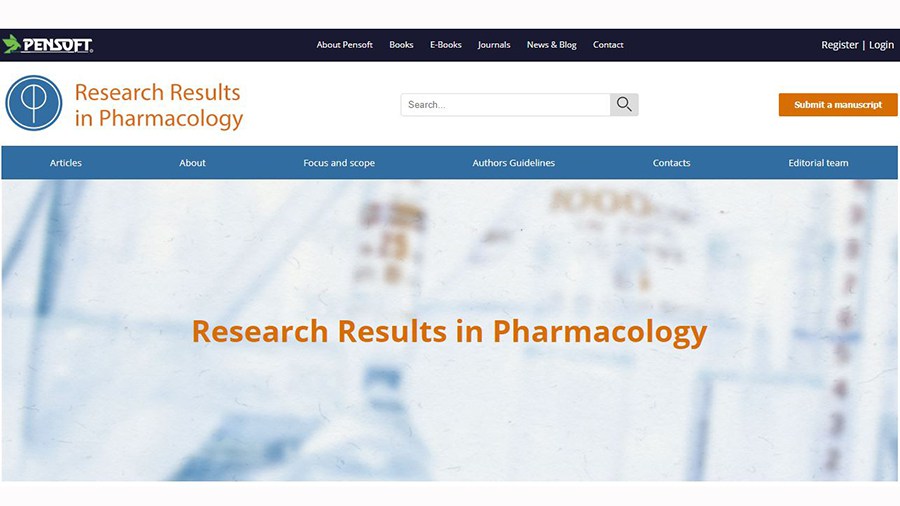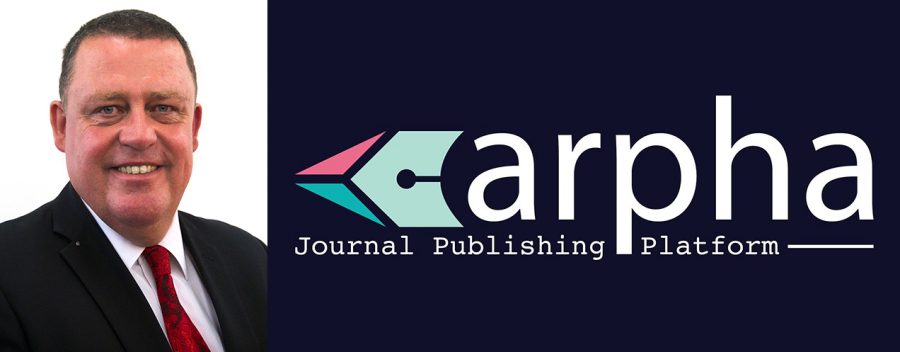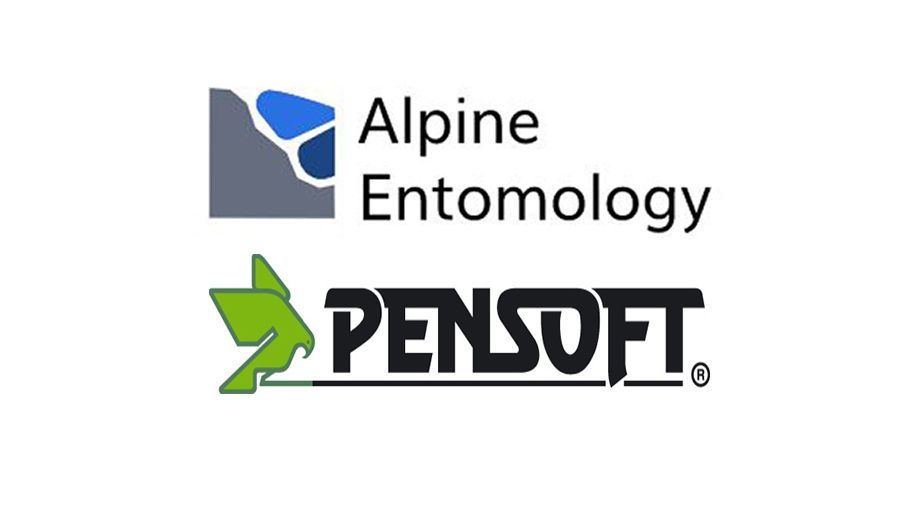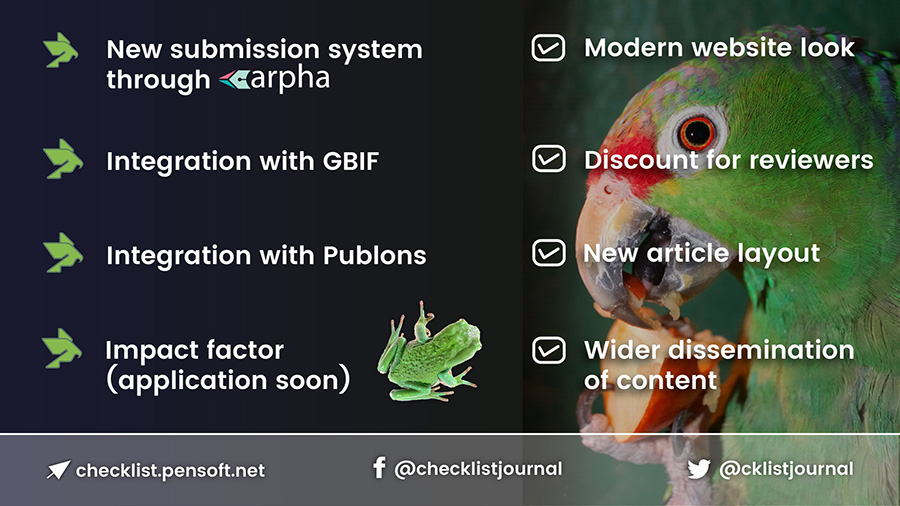The first to take advantage of the service is the most recent addition to the journal platform’s portfolio — Russian Journal of Economics
Following the recent integration between ARPHA and the collaborative project RePEc (Research Papers in Economics), journals publishing in economics will have their articles indexed in RePEc decentralised bibliographic database upon moving to the technologically advanced platform.
Working with 50,000 registered authors from around the globe, having indexed about 2.3 million research publications from 2,800 journals, and serving over 80,000 email subscriptions on a weekly basis, RePEc’s services are set to further increase the discoverability and creditability of economics papers published in any ARPHA-hosted journal.
The collaboration was inspired by the recent move of the open access peer-reviewed Russian Journal of Economics to ARPHA. Shortly after appearing on the journal’s new website provided by the platform, RuJE’s first 2018 issue, themed ‘The Austrian School of Economics: Its Reception in European Countries,’ was also available via the RePEc’s web interfaces, including IDEAS.
“Having added yet another web-service integration to the list, ARPHA once more demonstrates its flexibility and customer-oriented approach when it comes to providing a new home for journals looking to step up and provide all those innovative and high-tech features to their users,” says ARPHA’s and Pensoft’s founder and CEO Prof. Lyubomir Penev. “In times where the findability of a research publication is almost as important as its quality, I am certain that our integration with RePEc will significantly benefit our clients specialising in economics.”
Speaking in Novosibirsk, Russia, the founder of RePEc, Thomas Krichel noted, “When I set out what would become RePEc in the early 1990, my vision was of a non-proprietary system that all could contribute to, and that all could use freely. My particular concern was to level the playing field between publishers. Open access content is particularly valuable. I am pleased that ARPHA has chosen that publishing avenue.”
***
Additional information:
About RePEc:
RePEc (Research Papers in Economics) is a collaborative effort of hundreds of volunteers in 96 countries to enhance the dissemination of research in economics and related sciences.
The heart of the project is a decentralised bibliographic database of working papers, journal articles, books, books chapters and software components, all maintained by volunteers. The collected data are then used in various services that provide the collected metadata to users or enhance it.
So far, over 1,900 archives from 96 countries have contributed about 2.3 million research pieces from 2,800 journals and 4,500 working paper series. About 50,000 authors have registered and 75,000 email subscriptions are served every week.
RePEc grew out of the NetEc project founded by Thomas Krichel in 1993.


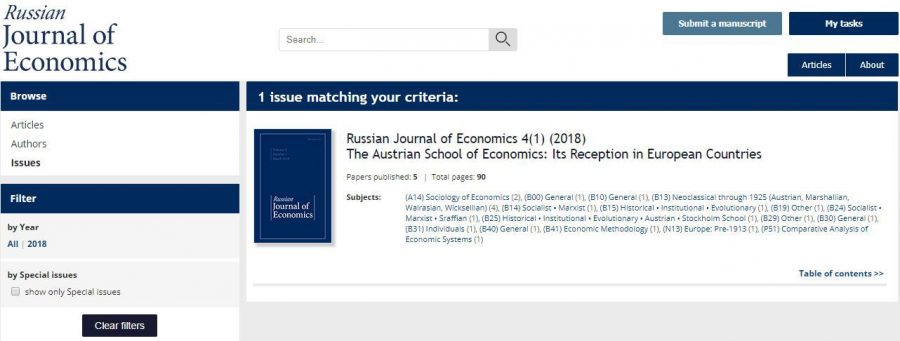

 What’s on in the new issue?
What’s on in the new issue?